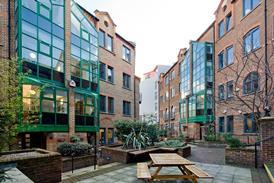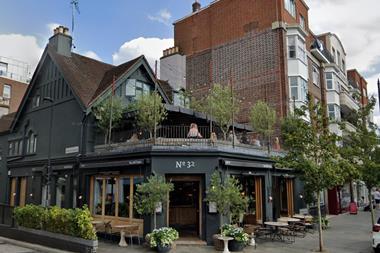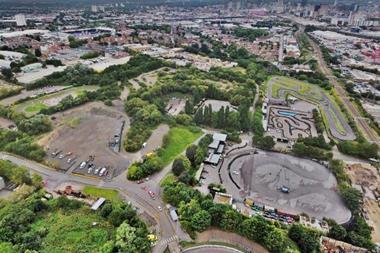CB Richard Ellis said the total amount of shopping centre floor space under construction in Britain is 7.9m sq ft, 40% down on the 13 m sq ft peak recorded in March 2007.
In research published this week it said the decline in space under construction registered the fastest rate of fall recorded since the early 1990s. CBRE said retail park construction activity is also declining rapidly, down 32% on a year ago to just 1.91m sq ft.
By the end of this year around 8m sq ft of shopping centre space will complete with a further 4.7m sq ft ‘notionally scheduled to open in 2009’.
However, the total amount of shopping centre space opening next year is likely to fall short of scheduled figures, it said.
‘Completion dates for over 10m sq ft - about 17% of the pipeline total - have been rolled forward since May alone,’ said CBRE. ‘As market conditions worsen, more and more shopping centre schemes will see completion dates rescheduled into future years. We expect openings to fall-back to 2m to 4m sq ft a year until at least two years into the next recovery’.
CB Richard Ellis retail research director Mark Teale said: ‘Contrary to the impression given by some recent commentary, the UK is very far from being blanketed in new shopping space. This year’s peak in shopping centre openings was due to a handful of large schemes and amounted to only 0.6% of total national retail space. Completion levels are now set to fall very sharply over the next two to three years.
‘The length of time needed to bring developments to fruition means that once construction activity is disrupted and deferred it takes a number of years for completion levels to recover, resulting in an extended period of low levels of stock renewal.
'Larger modern units in particular are going to be in very short supply. Unlike the early 1990s downturn, when a much larger amount of space came on-stream just as recession began to bite, the development tap this time has been turned off much more quickly. Following whatever stock shedding occurs next year, space shortages – and resultant occupancy cost pressures - look likely to emerge as a problem much more quickly in the next cycle than in the last.’






























No comments yet